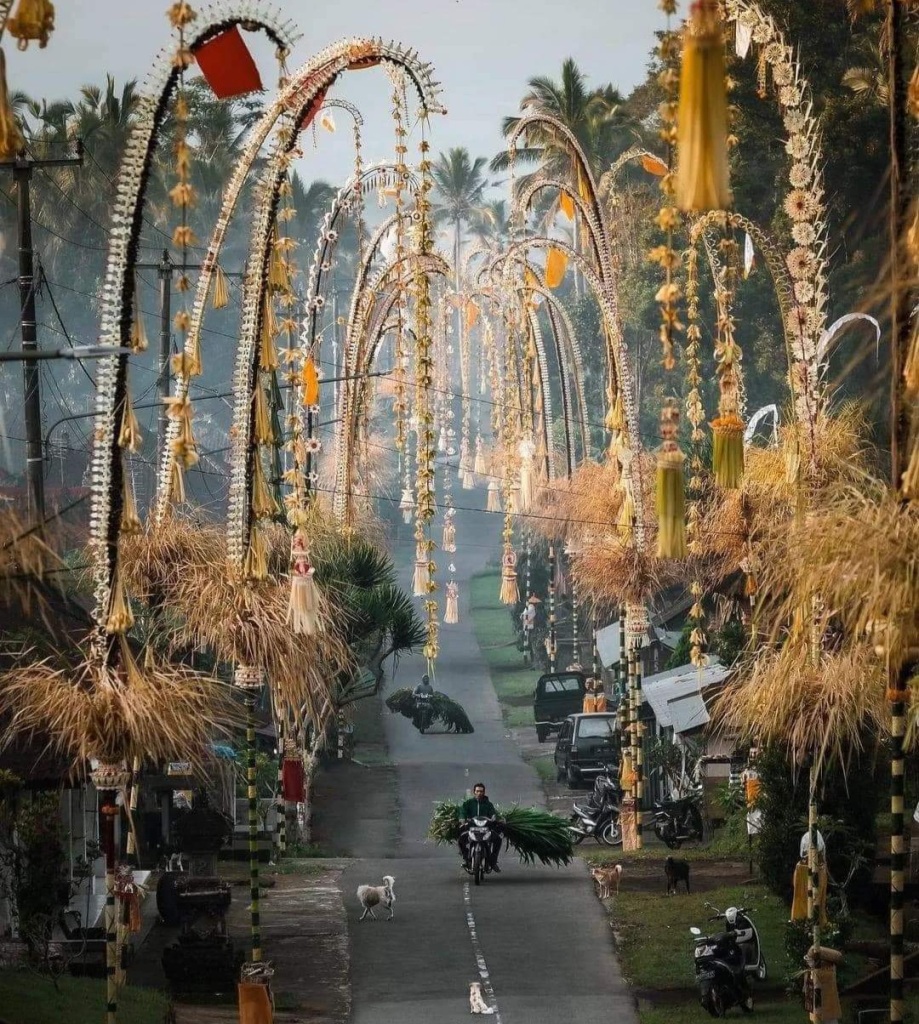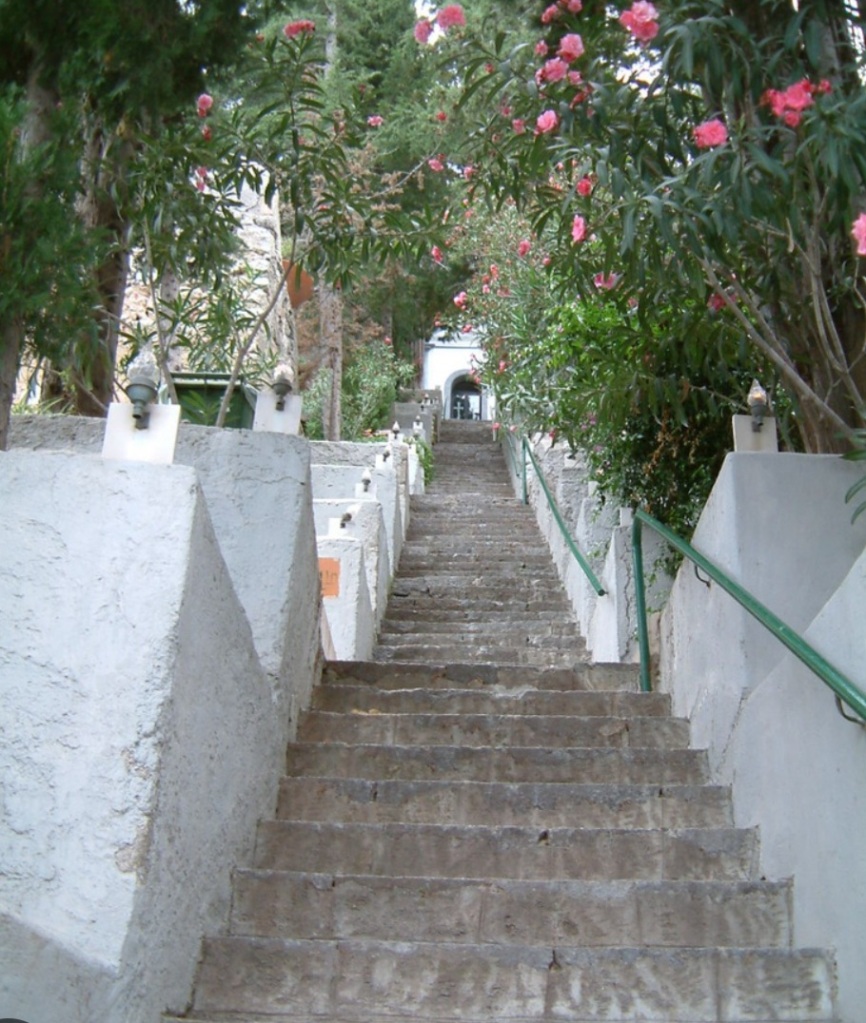When I imagined moving to remote northern Minnesota, I wondered if I’d feel isolated, deprived of friends, even lonely.
I knew my house would be mere steps from my sister’s home, but she has her husband and her dog to keep her company. From emailing faithfully back and forth every day through the covid years, it was clear that she was happy with her routines and content with her life. But as we mused together about my move here she seemed eager and excited. She told me about her vision for a community on the farm and said my coming would be the first step in manifesting it.
In many ways, Gwen and I are as different as peas are from turnips, yet we share similar interests. We both love to read and write poetry and enjoy sewing projects, although she’s a true artist while I’m an impatient, just-get-it-done-and-get-on-with-life imposter. She bakes the tried and true recipes we grew up with. I like flavors of Asia, India, the Middle East, and Italy (who doesn’t like Italian food) and I experiment with those dishes. She’s addicted to chocolate. I can’t stop eating salty popcorn. She hates to travel. I crave it. In a nutshell, our differences keep us interested and curious about each other.
The combination of Gwen, work on my house, and writing, would have been enough. But…
My sister and W have been established in the community for decades. Gwen worked in school administration until she retired and W is the township supervisor (has been for years) and makes it his business to know everyone. They host coffee for various friends or family members at least once a week and folks in these parts are quick to reciprocate so they also get invited for coffee about once a week. The thing is, we’re considered a unit: Gwen, W, and I, so I’m included in all of it. As a result, I feel the need to pull my weight and serve up something delectable with steaming cups of joe for those same people on a regular basis.
Then there are my children and grandchildren…
family weddings, graduations, funerals…
people who are curious about my tiny house and the addition I’m putting on…
old school friends…
and friends from my years in Minneapolis that I haven’t seen since I moved to Bali in 2012.
Suddenly, I find myself on the opposite side of loneliness, adjusting to more socializing than I’ve ever in my life experienced before.
What I didn’t know about this chapter could fill a library.
Take, for instance, the garden. Gwen and W have a spreadsheet laying out the location and number of rows for each vegetable. They order seeds in December and plant them in flats that sit under grow lights by a bank of southern windows until it’s warm enough to move them to the greenhouse. As soon as the earth is dry enough, W tills the plot and rakes it smooth. Planting begins when the snow melts and the threat of frost is over.
I was lulled into thinking gardening was easy this spring when the planting went fast and felt effortless. Then, I was gone for several weeks babysitting for grandchildren so I missed most of the weeding, watering, and tending. But the garden grew without me, and now it’s harvest time.

There’s no keeping up with it! Beans – experts recommend picking them twice a day. How many beans can three people eat? The raspberries are just as prolific.

And cucumbers – Gwen’s been pickling and jars line up like a platoon of soldiers. Tomatoes are ripening, and so is the corn. Carrots will soon be big enough to pick and preserve. There are a hundred garlic bulbs drying on a wire rack in the garage.
I’m so far out of my league with the garden. I want to help, but my questions must annoy the heck out of my patient sister and brother-in-law.
“Is that a weed?”
“Is this ripe?”
I really am that clueless.
Nonetheless, gardening is a communal effort in many respects and adds to the social-ness of life here.
Bear’s arrival brought a new dimension to the group dynamic. He was a history major and there’s nothing he doesn’t know about the rise and fall of empires, wars, the dates of plagues, the migration of people over the face of the earth…and music. He has thousands of vinyl records and remembers all the heavy metal groups from the sixties onward. He’s witty, inquisitive, and a willing participant in our nightly deep philosophical discussions.
Yes, nightly.
The four of us gather at 5 p.m. every evening to replay the events of the day, philosophize, plan what needs to be accomplished on the morrow, and enjoy our beverages of choice. Bear likes flavored sparkling water. The Klarbrunn brand is his current favorite. Gwen and W drink pinot grigio. I’m hooked on Smirnoff’s Spicy Tamarind Vodka over ice.
If you want to try it, fill a glass to the brim with ice cubes, then pour a shot over them. Let it sit for 15 minutes so some of the ice melts diluting the vodka just a bit. If you don’t, you’ll wish you had. It’s an acquired taste, one that I developed in Mexico. I was fortunate enough to find a liquor store in Grand Rapids that sells it. They had one bottle. Now, they stock at least five or more at all times. I think I started something.
A year ago, on August 19th, I left Mexico and landed in Minnesota to stay. I love my view over fields unobstructed by anything manmade. Before, I valued the fact that I could walk wherever I needed to go. Now, groceries, building supplies, toilet paper, and everything else, require a forty-five-minute trip one way. I’ve grown to appreciate the zen-ness of that drive on the Great River Road, snaking along the Mississippi,

navigating ninety-degree corners around fields of corn, rye, and alfalfa. I have to go slow to avoid deer popping out of the woods in front of me, or wild turkeys clustered around something dead on the pavement.
As much as I’m physically here, my mind still swirls in the surreal elsewhere of multiple realities. I messaged Ketut, in Bali, to wish him a happy birthday. Selamat ulang tahun, Bapak Ketut. Sudah potong kuenya? He answered that he did not have a birthday cake because his birthday fell on the celebration of Kuningan, and there were already many offerings of sweets. My mind’s eye saw graceful penjors arching over the streets, and women in their see-through lace tops and satin sashes, carrying towering offerings on their heads.

The bold, macabre design on the vodka bottle transports me to San Miguel de Allende. Once again I’m on Elaine’s rooftop with my friends watching men, women, and children, in frightening Day-of-the-Dead costumes, dancing as they parade along the street below.
A steaming bowl of pasta, and I’m back in Praiano, the village on a cliff where you climb a thousand stairsteps to go anywhere.

I remember my hosts, Nicola and fabulous Felicia with deep fondness. How I miss them. And Signore Piccoletto, serving his tiramisu at Saghir Restaurant, will forever remain in my heart.
There’s no loneliness here on the farm, only the sadly-sweet memory of friends I’ve left behind. Helen Keller is credited with saying, Life is either a daring adventure or nothing at all. I signed up for the daring adventure, and, oh! baby! What a ride.






























































































Comments